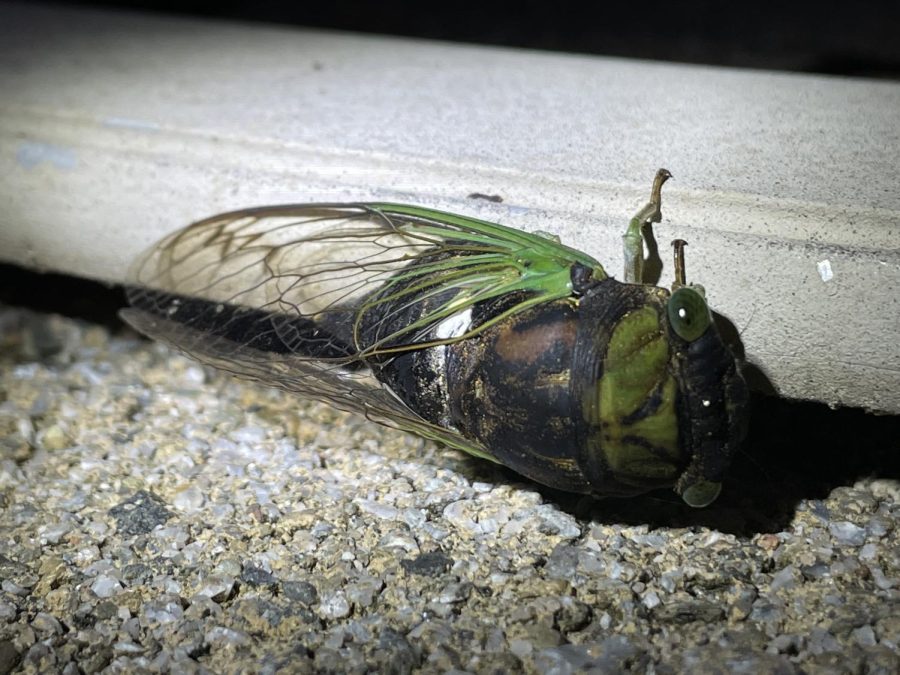Life As a Cicada
This Article is part of the Wild New Jersey Nature Column! Ever wonder what it takes to be a cicada? Why cicadas are so special in New Jersey? Read on to find out!
October 4, 2022
In New Jersey, there are 14 species of cicada. Eleven are Annual Cicadas, meaning they can be found as adults every year and three species are called Periodical Cicadas, meaning every new generation comes out once or twice every decade after about seventeen years of developing.
Periodical Cicadas are only found in North America, specifically the Central-Eastern zone. Annual Cicadas are found all over the world. Every generation of Periodical Cicadas are called a brood, numbered by Roman numerals for every year of emergence.
Fun Fact: A group of cicadas is called a Cloud or a Plague.
Here’s a brief rundown of the 14 species of cicadas: (note the best way to tell the cicada species apart is by call, links to their list of calls can be found here)
Annual Cicadas:
Northern Dusk Singing Cicada:
Mostly found in Manchester, New Jersey, these are the cicadas we hear every night at sunset. Link to their call here.

Hieroglyphic Cicada:
Mostly found in the Pine Barrens, typically in Monmouth County and South Jersey. They can be heard in Whiting, singing with the Northern Dusk Singing Cicadas there. Link to their call here.
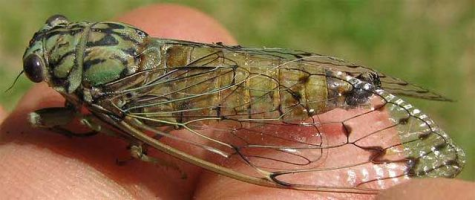
Dog-Day Cicada:
Looking similar to the Northern Dusk Singing Cicada, but has a completely different call. Link to their call here.
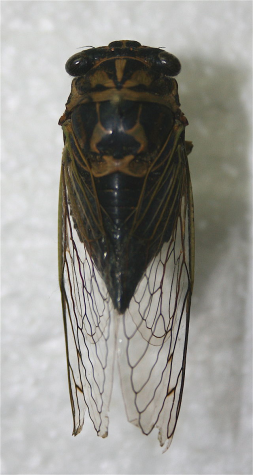
They look similar to Dog-Day Cicadas but their calls are completely different. Link to their call here.
Grinder Cicada:
Mostly found in Cape May County in cedar trees. Link to their call here.

Linne’s Cicada:
They were discovered in 1907. They look similar to the Dog-Day Cicada. Link to their call here.
Dark Lyric Cicada:
They are visually different from other cicadas as they are uniquely a darker color. They have black eyes ans a dark green or black back with yellow or green highlights. Link to their call here.
Lyric Cicada:
They have a different call and coloration than the Dark Lyric Cicada with brighter, more visible color highlights on their dark background color. Link to their call here.
Swamp Cicada aka Morning Cicada:
These cicadas sing in the morning. They have a mostly green head and mostly black back. Link to their call here.
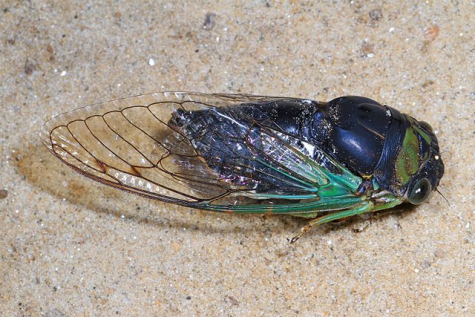
Found near the Delaware River in West Jersey. They look similar to the Grinder Cicada. Link to their call here.
Say’s Cicada:
Found in North Jersey, they are black with orange or yellow legs and stripes. They have black eyes. Link to their call here.
Periodical Cicadas (also called 17 year Cicadas, note all three look alike but they all have very different calls):
Cassini Periodical Cicada:
The next time this cicada will emerge will be in 2025 and 2030. Link to their call here.
Decim Periodical Cicada aka Lineasus’ 17-Year Cicada:
The next time this cicada will emerge will be in 2025 and 2030. Link to their call here.
Dacula 17-Year Cicada:
Discovered fairly recently in 1962, the next time this cicada will emerge will be in 2025 and 2030. Link to their call here.
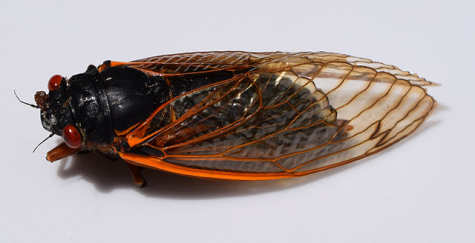
Cicadas begin life as eggs laid on a tree branch by an adult female, hatching in 6-10 weeks. Females lay about 400 eggs at a time.
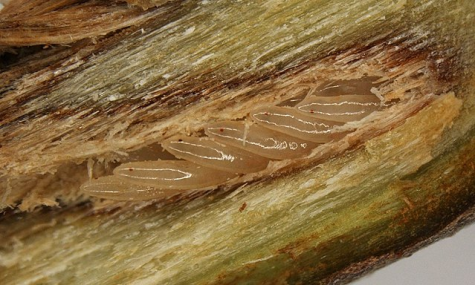
As nymphs in the ground, cicadas do not have wings and eat the say from plant roots.
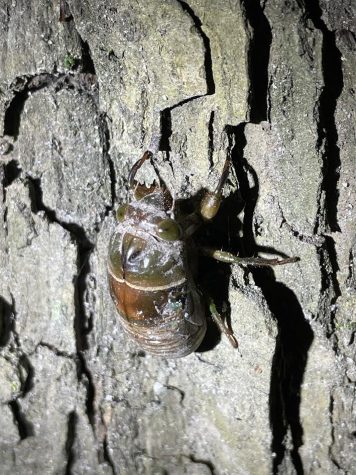
When it is time for the cicadas to emerge, they dig themselves out of the ground and typically hang on a vertical surface to molt for the last time to get their wings and earthy colors.
As adults, males sing to attract mates or to scare off predators. Predators include Cicada Killer Wasps, birds, and mammals. As adults, cicadas eat very little, occasionally sucking the sap of twigs. They live 2-4 weeks after emergence, after spending most of their years underground. In the end, an Annual Cicada can live 3-5 years in the wild and Periodical Cicadas 17 years in the wild, most of it being underground.
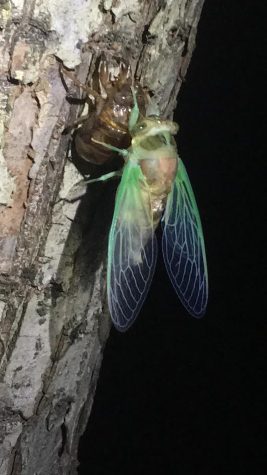
How Do Cicadas Make Noise?
To start, they do not make noise like a cricket (by rubbing their wings) and do not use their face. They use the ribs on their abdomen to make a clicking noise, using an organ called a tymbal to make the noise. Similar to how you bend a bendable plastic straw to make the ‘bzzt’ sound, that’s pretty much how cicadas make sound, they just vibrate their abdomen very fast to make the clicks into a buzz.
Sources:
National Geographic: https://www.nationalgeographic.com/animals/invertebrates/facts/cicadas
Cicada Mania: https://www.cicadamania.com/cicadas/common-cicadas-of-new-jersey/
Nature Museum.org: https://naturemuseum.org/2017/08/how-do-cicadas-make-sound/
Orkin: https://www.orkin.com/pests/cicadas/what-do-cicadas-eat




























